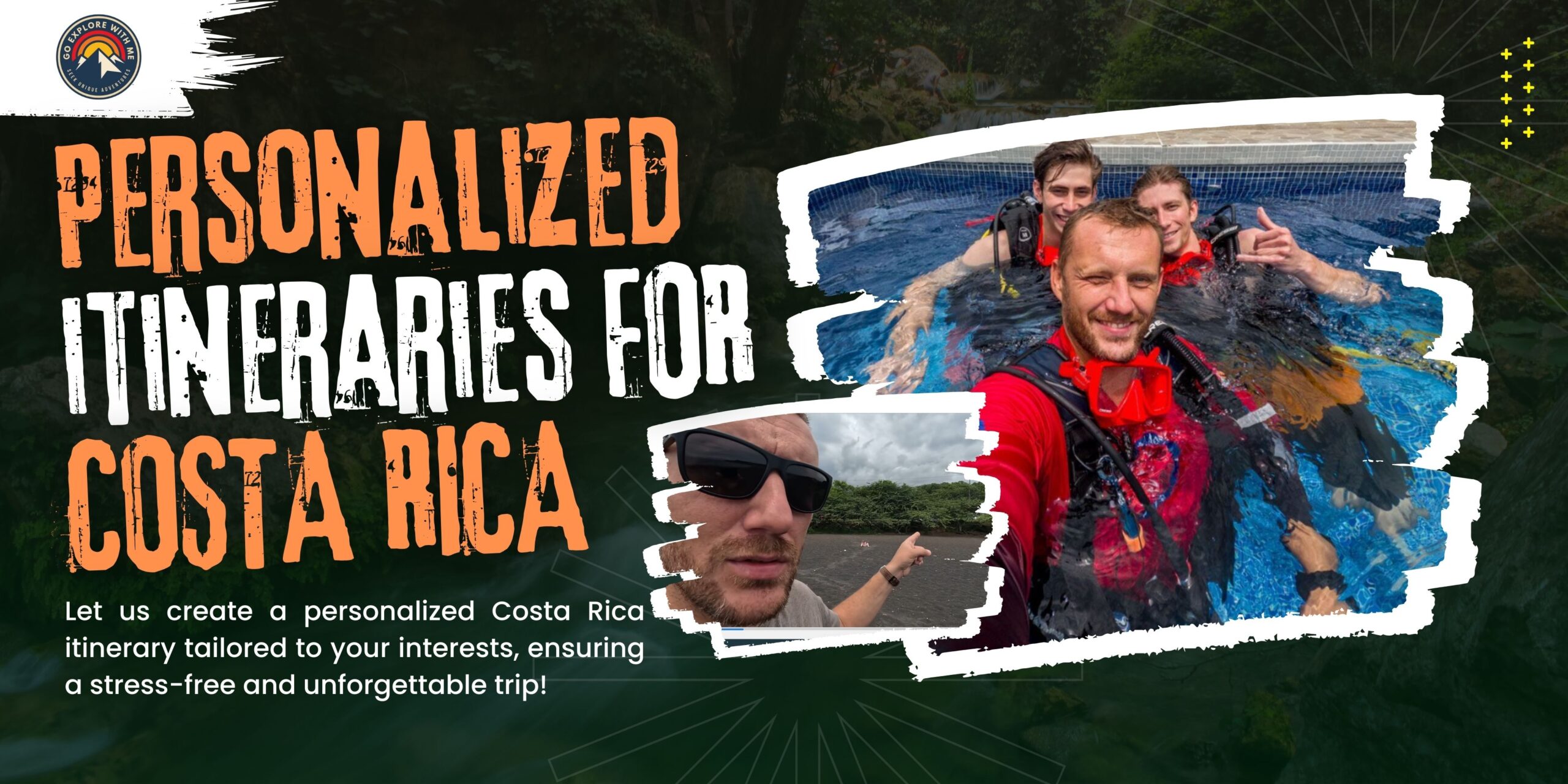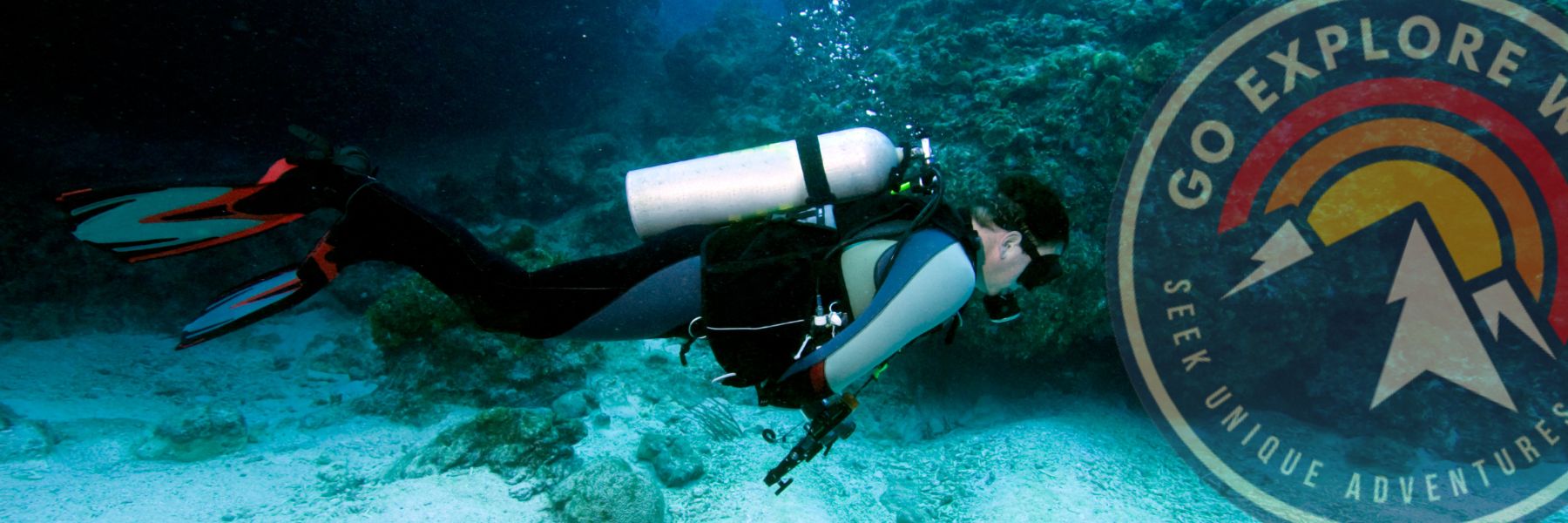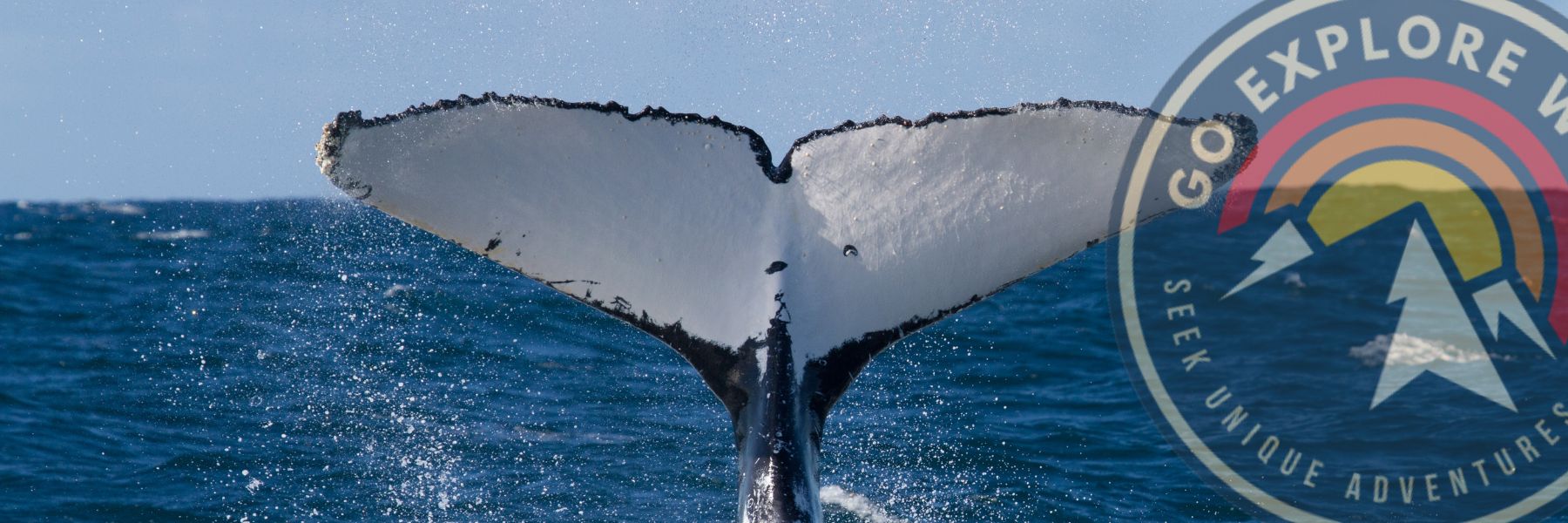Contents
Some places just get under your skin. Cahuita National Park is one of them. Maybe it’s the way the trail runs right between the jungle and the sea, or maybe it’s the fact that you can see monkeys, raccoons, and coral reefs all in one lazy afternoon. Either way — if you’re headed to Costa Rica’s Caribbean coast and skipping Cahuita, you’re seriously missing out.
Why You’ll Love Cahuita National Park
It’s small. It’s simple. And it’s wildly underrated.
Located just outside the mellow town of Cahuita, Costa Rica, this national park doesn’t try to wow you with size. Instead, it draws you in with its perfect balance of rainforest, beach, and coral reef — all walkable in flip-flops (seriously).
What sets Cahuita National Park apart is how close everything feels. You’re not on a bus peering out a window. You’re walking a sandy trail, hearing the ocean on one side and the rustling jungle on the other. And the wildlife? It shows up unannounced and unbothered.

The Cahuita Park Trail: A Jungle-Sea Combo
This is one of my favorite trails in the whole country. The Cahuita park trail stretches around 8 kilometers (you can do all or part of it), hugging the coastline from the Kelly Creek entrance near the town to Puerto Vargas.
Expect to see:
- Capuchin monkeys swinging overhead
- Sloths snoozing in trees
- Colorful crabs, iguanas, and maybe even a raccoon trying to steal your snack
There are beach access points along the way, so bring your swimsuit — you’ll want to take a dip at Playa Blanca or one of the quieter coves. It’s an easy hike, almost flat the whole way, with plenty of shade and salty breeze to keep things comfortable.
Best Things to Do in Cahuita (Besides the Obvious)
Sure, the park is the star, but the town of Cahuita has a vibe that’s hard to describe. Slower. Calmer. Less polished than its Pacific cousins, but with way more soul.
Here’s how I’d spend a day:
- Start with a Caribbean breakfast in town (ask for patí if it’s fresh!)
- Enter Cahuita National Park through the donation-based Kelly Creek entrance
- Hike, swim, snorkel — maybe nap on the sand
- Return for a cold drink at a beach bar with reggae floating in the background
- Catch the sunset with your feet still sandy
You don’t need a packed itinerary here — Cahuita Costa Rica is all about slowing down.
Practical Tips for Visiting Cahuita National Park
- Entrance: The main park entrance is by donation, though the Puerto Vargas side has a set fee.
- Guides: Local guides are available and worth every colón if you want to spot more wildlife.
- Snorkeling: Guided tours to the coral reef are available — conditions vary, so ask around in town.
- What to bring: Water, snacks (monkey-proofed), reef-safe sunscreen, and bug spray.
Is Cahuita National Park Worth It?
Absolutely — and not just because it’s beautiful (which it is). It’s the feel of the place. The way locals and travelers share the trail. The balance between preservation and access. In a country full of jaw-dropping parks, Cahuita National Park quietly holds its ground with authenticity, ease, and charm.
Want Help Planning Your Caribbean Route?
We help travelers go beyond the obvious — and Cahuita National Park is one of those spots we always recommend. Whether it’s a full itinerary or just a local guide for the day, we’ve got you covered. Easy booking, no stress, pura vida guaranteed.
Don’t Forget the Free Guide
Grab our free eBook: “10 Hidden Gems in Costa Rica You’ve Never Heard Of.”
Spoiler: Cahuita might be one of them (but you didn’t hear it from me).






